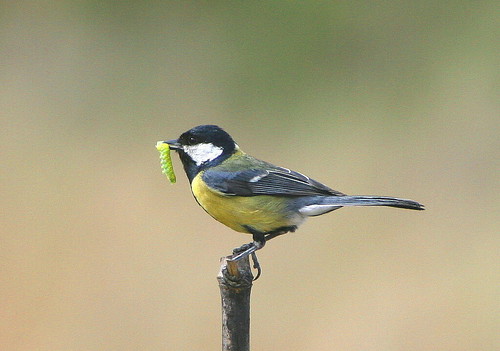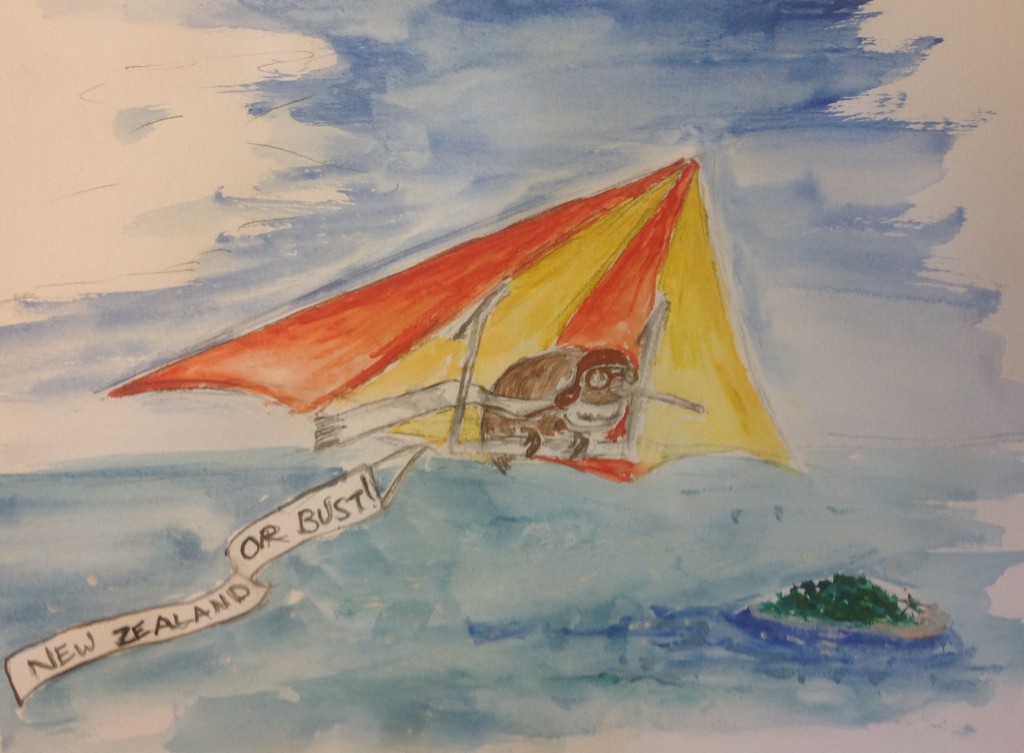At some point in elementary school– maybe third or fifth grade– your teacher likely pulled out a chart showing maps of the world throughout geological history, showing all the continents cozily squished together for a while as Pangea before they all started wandering off on their own. You probably traced the routes they took, noticed how South America and Africa seemed to fit together like puzzle pieces, and probably sat through an explanation involving dinosaur and fern fossils found throughout the Southern Hemisphere and an unlucky German weatherman who was unfortunate enough to be the first person to seriously suggest that the continents moved around throughout time. At some point, if your class was anything like my fifth grade science class, the teacher probably got into more detail about what all this continental rambling about meant for the plants and animals still around today- that all the fantastic and weird marsupials of Australia and the lemurs of Madagascar came to be because those two landmasses left the Gondwanan party early, before the more typical mammals took over, and that certain animals were found on all of the different continents of the Southern Hemisphere, distant cousins who all rode the bits and pieces of the former southern supercontinent to their current positions. At this point, in all likelihood, somebody brought up ratites. Continue reading “The Case of the Flying Kiwi”
Ardipithecus ramidus; four feet to two
In the evolution of humans, there was a point in time when our ancestors did not walk on two feet, but instead moved around on four. As the ancestors of humans evolved, they eventually reached a point where the transition to two feet began to occur. For a time, the fossils found detailing such a transition were of Australopithecus, a bipedal creature which seemed to sprout up in our evolutionary history 3.7 million years ago (1). Australopithecus had multiple novel adaptations associated with bipedalism, causing many scientists to believe Australopithecus to be the result of a sudden evolution of bipedalism in the ancestors of humans. At the same time, other scientists believe that bipedalism was unlikely to have suddenly shown up in Australopithecus with fully formed adaptations. Instead, they believed it was the result of a more gradual process, with multiple distinct ancestors in-between. Unfortunately for scientists who believed the gradual step process, there were no fossils to support such a hypothesis until the discovery of a new species known as Ardipithecus ramidus, in November 1994, whose skeletons were discovered in Ethiopia(2). Continue reading “Ardipithecus ramidus; four feet to two”
Jumping Genes and the Evolution of Pregnancy
The human genome is made up of over three billion base pairs, the building blocks of DNA, but only a small part of that is actually protein coding DNA. Transposable elements (TEs) are a type of non-coding DNA that makes up approximately half of the human genome, and since their discovery in the 1940s, they have carried a bad reputation. Often referred to as junk DNA or parasitic genes, TEs are a type of mobile genetic element capable of moving around or “jumping’ within the genome. There are two main types of TEs: retrotransposons, which copy themselves and then reinsert the copies back into the genome and DNA transposons, which cut themselves out of the genome and move to a different site (Figure 1). When TEs move around, they sometimes land in the middle of a gene or even another TE, which is often detrimental to the function of that gene or TE. The function and potential benefits of TEs have not always been clear, but research has slowly started to unravel their mysteries. A group of scientists at Yale, lead by Gunter Wagner, recently found that TEs may have been responsible for the evolution of pregnancy in mammals.

Continue reading “Jumping Genes and the Evolution of Pregnancy”
Great Tits and Climate Change: An Experiment to Transform Current Prediction Models

Background:
Timing is everything for bringing new life into the natural world. Every year, species such as the great tit (Parus major), one of the many song birds found on the British Isles, rely on abundant food to be able to provide enough nutrients for their growing young. The presence of this food is the result of a large cascade–like a line of dominos–that begin with the smallest of microorganisms responding to environmental factors such as temperature and salt concentration. If the timing of one of these falling dominoes is slightly off, many organisms further down the line suffer and may be unable to find food at the most critical times of early offspring growth. Two particular organisms that share the same line of dominoes as the great tit are the pendunculate oak (Quercus robur) and the various caterpillars which feed on the oak’s leaves. [3] Continue reading “Great Tits and Climate Change: An Experiment to Transform Current Prediction Models”

